Dachau wasn’t my first choice of sights to see, but a friend was visiting from Italy and she felt it was a must-see. This was my second time visiting, and the first time was 30 years ago. The entire museum has changed dramatically since then. In the past it was a much more visceral view of the happenings that took place there; I know I left feeling completely wrecked.
This time, they have updated the materials and included a lot more history and tales about all the kinds of prisoners that were once there.
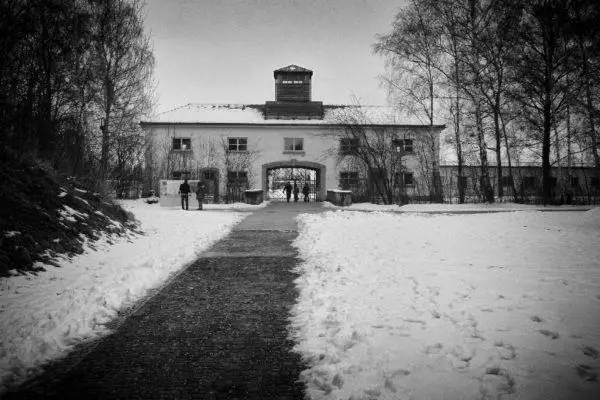
As you can see, we went in the middle of winter. Snow was on the ground and the temperature was below freezing. Visiting the site was both a physically and emotionally chilling experience.
After arriving at the memorial, which is free to enter, you walk down the path that brings you to this entrance. It is the guard shack directly opposite the trains’ unloading area. It was the first thing prisoners would see.
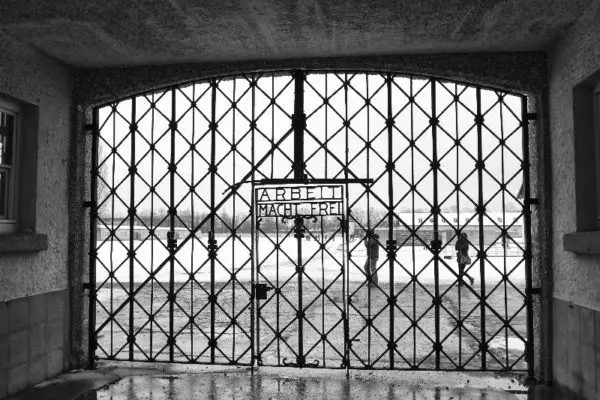
Under the arch is the iron gate that says, “Arbeit Macht Frei” or “Labor makes you free.” Put on many concentration camp gates, there are not many people who have studied world history that do not know it.
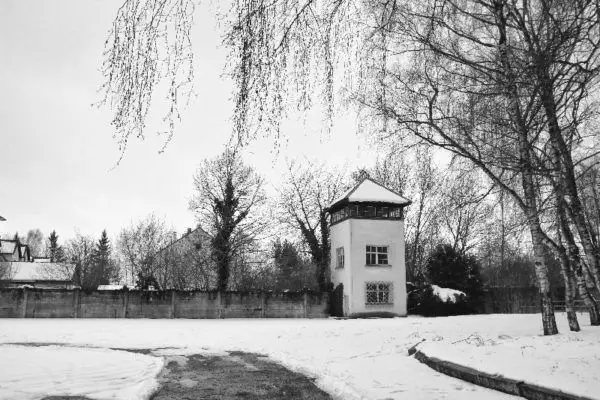
Across from the guardhouse is a very long building that holds the permanent exhibit. The exhibit is an exhaustive history on World War II, the role of all concentration camps in the war, and specifically about Dachau, its commandants and its prisoners.
Dachau was opened soon after Hitler came to power to imprison political prisoners, especially those opposing the new regime. There are a video and audio recordings, as well as many placards telling about the camp’s origins.
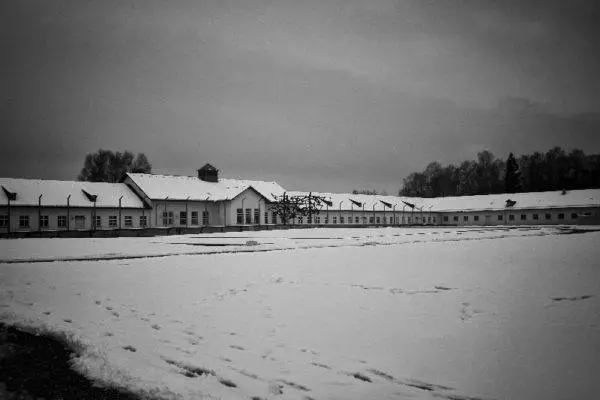
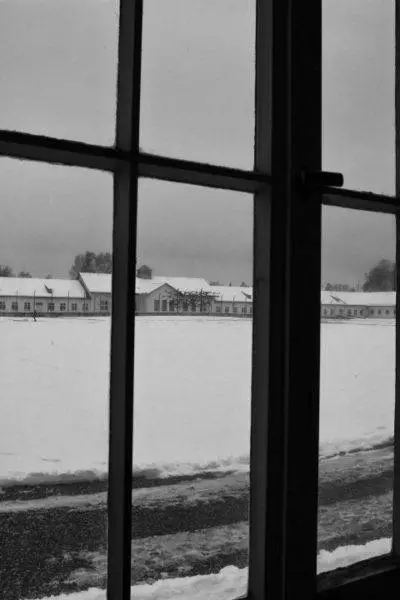
It soon became a catch-all camp for all the many different types of people persecuted by the Nazis. Again, the exhibit is enormous, with so much information there is no way to read it all, let alone read it all in a day. There are banners, photographs, eye-witness accounts, interviews, videos, audio exhibits; it was overwhelming. That’s what I left with–a feeling that I couldn’t possibly understand the majority of it. It was just too overwhelming.
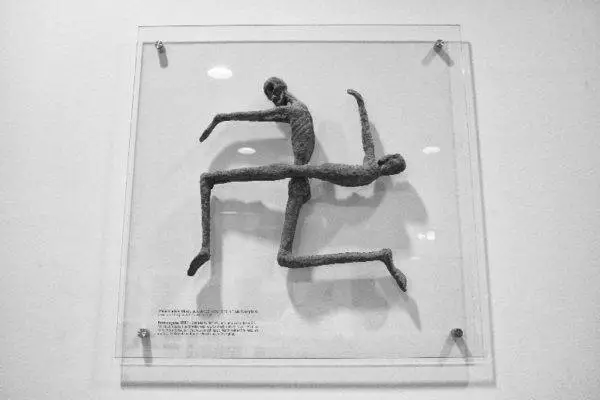
I think the memorial site is well thought out, and a worthwhile trip for adults. Conveniently, there is a local bus that will drop you right off at the site, so it is extremely easy to get there. It is open all year round, and, again, there is no cost. The visitor center offers audio guides, a comprehensive book store, restrooms, and a coffee shop.
Dachau was one of the most educational and poignant sites that I have visited in some time. It is a reminder to the people of the world to not be complacent. Be an active part in your society so that this never happens again.
Other World War II Sites to See in Germany:
Berlin
Moedlareuth, The City Divided By War
Berchtesgaden World War II Sites
Nuremberg
Author Bio: Corinne Vail is a travel photographer, food lover, and a perpetual traveler who has been travel writing for over 14 years. For many years she lived overseas in Germany, Japan, Turkey, South Korea, and the Netherlands teaching the children of the US. military. She’s visited over 90 countries, and she’s not stopping anytime soon.
Have you been to Dachau or any other concentration camps? Tell us about it in the comments.
